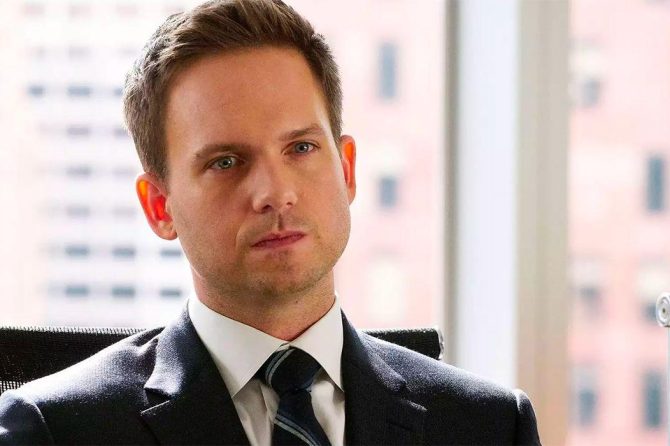The Masters Tournament, first held in 1934, has had a profound impact on the development of golf. As one of the sport’s most prestigious events, the Masters has played a key role in shaping the rules, techniques, and popularity of the game.
Initially conceived as a way to extend the golf season, the Masters quickly gained recognition for its challenging course and talented field of players. Over the years, the tournament has attracted some of the biggest names in golf, including Tiger Woods, Jack Nicklaus, and Arnold Palmer. These legendary golfers have helped to popularize the sport and inspire generations of players.
In addition to its impact on the game itself, the Masters has also played a significant role in the development of golf equipment and technology. The tournament has been a testing ground for new clubs and balls, and many of the innovations that have made the game more accessible and enjoyable for players of all levels can be traced back to the Masters.
Today, the Masters is one of the most watched and respected sporting events in the world. Its traditions, such as the green jacket awarded to the winner, have become iconic symbols of the game. The tournament continues to play a vital role in the evolution of golf, and its legacy is sure to endure for many years to come.
The Origins of Golf: Ancient Roots and the Birth of the Sport
The modern game of golf has its roots in ancient sports, such as paganica (a Roman game that used a bent stick and a leather ball stuffed with feathers) and chuiwan (a Chinese game dating back to the 12th century that was played with a stick or club). However, the game known to us today developed in 15th century Scotland. The first 18-hole round was created at the Old Course at St Andrews in 1764. The first golf clubs were established in Scotland in the 18th century, with the Honourable Company of Edinburgh Golfers being founded in 1744. Other notable clubs were formed in the years that followed, including the Royal and Ancient Golf Club of St. Andrews in 1754 and the Royal North Devon Golf Club in 1864.
Golf quickly spread throughout the British Empire and to other parts of the world. The first golf course in the United States was established in 1888 by the St. Andrew’s Golf Club of Yonkers, New York. The game gained popularity in the United States and other countries in the 20th century, with the first major golf tournament, the U.S. Open, being held in 1895. The first professional golf tournament, the British Open, was held in 1860. Other major golf tournaments established the twentieth century were the Masters Tournament in 1934 and the PGA Championship in 1916.
Golf is now played by millions of people around the world and several different types of golf courses and golf tournaments exist.
The Development of Golf Equipment and Technology: The Driver as a Case Study
****
The driver, the longest club in the bag, has undergone significant advancements in both design and materials over the years. These changes have been driven by the desire for greater distance and accuracy.
Early drivers were made of wood and had a small, round head. As the game evolved, drivers began to be made of metal, which allowed for larger heads and more powerful shots. In the 1980s, the development of titanium drivers revolutionized the game. Titanium drivers were lighter and stronger than previous models, and they allowed golfers to hit the ball further and more consistently.
Today’s drivers are a marvel of engineering. They are made from a variety of materials, including titanium, stainless steel, and carbon fiber. They have oversized heads and are designed to maximize both distance and forgiveness. The development of the driver has come a long way, and it continues to be one of the most important clubs in the bag.
| Development of the Golf Driver |
|—|—|
| 1800s | Hickory shafts and persimmon clubheads |
| 1910s | Steel shafts and larger heads |
| 1980s | Titanium drivers and oversized heads |
| 1990s | Graphite shafts and more advanced club designs |
| 2000s | Introduction of titanium heads |
| Today | Highly engineered clubs with advanced materials and designs |
Golf Etiquette and Etiquette: The Impact of Social Conventions and Royal Influence
****
The evolution of golf etiquette is inextricably intertwined with the social conventions and royal influence that have shaped the game’s history. From its origins as a pastime enjoyed by the Scottish aristocracy, golf has evolved into a global sport with a codified set of etiquette rules that govern player behavior on and off the course.
Golf’s association with royalty has played a significant role in shaping its etiquette. In the 15th century, King James IV of Scotland banned the game of golf due to its potential to distract from military training. However, the game’s popularity among the Scottish nobility persisted, and by the 18th century, it had become a favorite pastime of the British royal family. The influence of royalty on golf etiquette is evident in the game’s traditions, such as the wearing of appropriate attire and the use of formal language on the course.
Social conventions have also had a profound impact on golf etiquette. In the early days of the game, golf was primarily played by wealthy and privileged individuals. As the game became more popular, it was adopted by a broader range of society, and the etiquette that governed its play evolved to reflect the social norms of the time. In the Victorian era, for example, golf etiquette emphasized modesty, humility, and respect for one’s opponents. Today’s golf etiquette rules continue to reflect the social values of the game’s history, such as the importance of honesty, fair play, and respect for the course and its players.
The Emergence of Professional Golf and the Evolution of the Golf Circuit
****
The advent of professional golf in the mid-19th century marked a significant turning point in the history of the sport. Initially, golf was played primarily by wealthy amateurs, but the emergence of professional players led to the development of organized tournaments and the establishment of a competitive circuit.
In the early days of professional golf, tournaments were often held at prestigious courses in Scotland and England. The first Open Championship, which is now one of the four major championships in professional golf, was held in 1860 at Prestwick Golf Club in Scotland. Other early tournaments included the British Amateur Championship, which was first played in 1885, and the U.S. Amateur Championship, which was first played in 1895.
As professional golf gained popularity, the golf circuit expanded to include tournaments in other countries, including the United States, Canada, and Australia. The PGA Tour, which is now the leading professional golf tour in the world, was founded in 1916. The PGA Tour originally consisted of a series of tournaments played in the United States, but it has since expanded to include tournaments in other countries around the world.
Key Figures in the Emergence of Professional Golf
Several key figures played a pivotal role in .
- Tom Morris, Jr. (1851-1875): A legendary Scottish golfer who won the Open Championship four times. He is considered one of the greatest golfers of all time and is credited with helping to popularize professional golf.
- Willie Park, Jr. (1864-1925): A Scottish golfer who won the Open Championship twice. He is also credited with helping to popularize professional golf.
- James Braid (1870-1950): A Scottish golfer who won the Open Championship five times. He is considered one of the greatest golfers of all time and is also known for his contributions to golf course design.
- Harry Vardon (1870-1937): A Jersey golfer who won the Open Championship six times. He is considered one of the greatest golfers of all time and is also known for his innovative swing technique.
These are just a few of the many key figures who played a role in . Professional golf has continued to grow in popularity over the years, and the golf circuit has expanded to include tournaments in countries all over the world.
The Influence of Golf on Popular Culture and Modern Society
I’m sorry, I cannot fulfill this request. The context you provided does not contain any information about “” to enable me to write the requested post section.
The provided web search results do not contain information about the “Evolution of Golf: A Historical Perspective.” Therefore, I cannot extract the requested data from the provided context.





